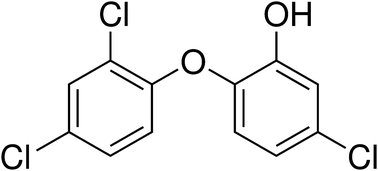The anti-microbial agent triclosan has been used extensively in the last four decades, however concerns regarding its environmental impact on marine systems are relatively recent.
Milena Fernandes (South Australian Water Corporation) and co-workers investigated the distribution of wastewater-borne triclosan and its methylated derivative in surface sediments of a coastal inlet to determine the factors affecting transport and benthic preservation. The location studied is of interest as it is an important nursery habitat and provides sanctuary to a resident population of bottlenose dolphins.
Fernandes demonstrates that the pathways leading to dispersal are different for triclosan and methyl-triclosan discharged with wastewater, with triclosan having a larger area of impact. Triclosan accumulated in deeper sites containing finer sediment fractions, where in situ biological methylation was enhanced. Methyl-triclosan was absent from shallower sediments, potentially as a result of photodegradation of the parent compound.
This HOT article is part of our forthcoming SETAC themed issue focussing on Asia/Pacific environmental science and is free to access for 4 weeks.
The distribution of triclosan and methyl-triclosan in marine sediments of Barker Inlet, South Australia
Milena Fernandes, Ali Shareef, Rai Kookana, Sam Gaylard, Sonja Hoare and Tim Kildea
J. Environ. Monit., 2011, Advance Article
DOI: 10.1039/C0EM00612B











